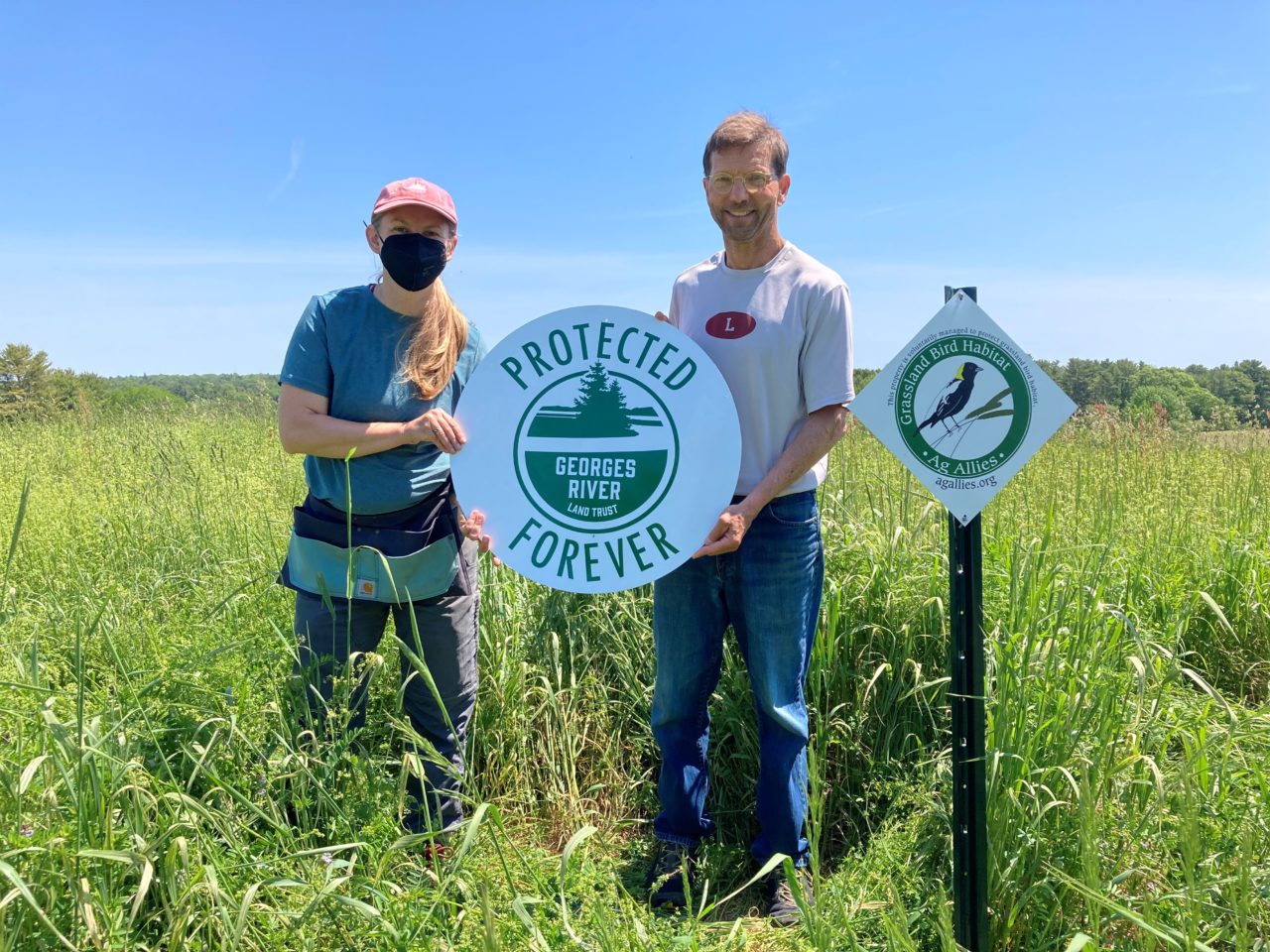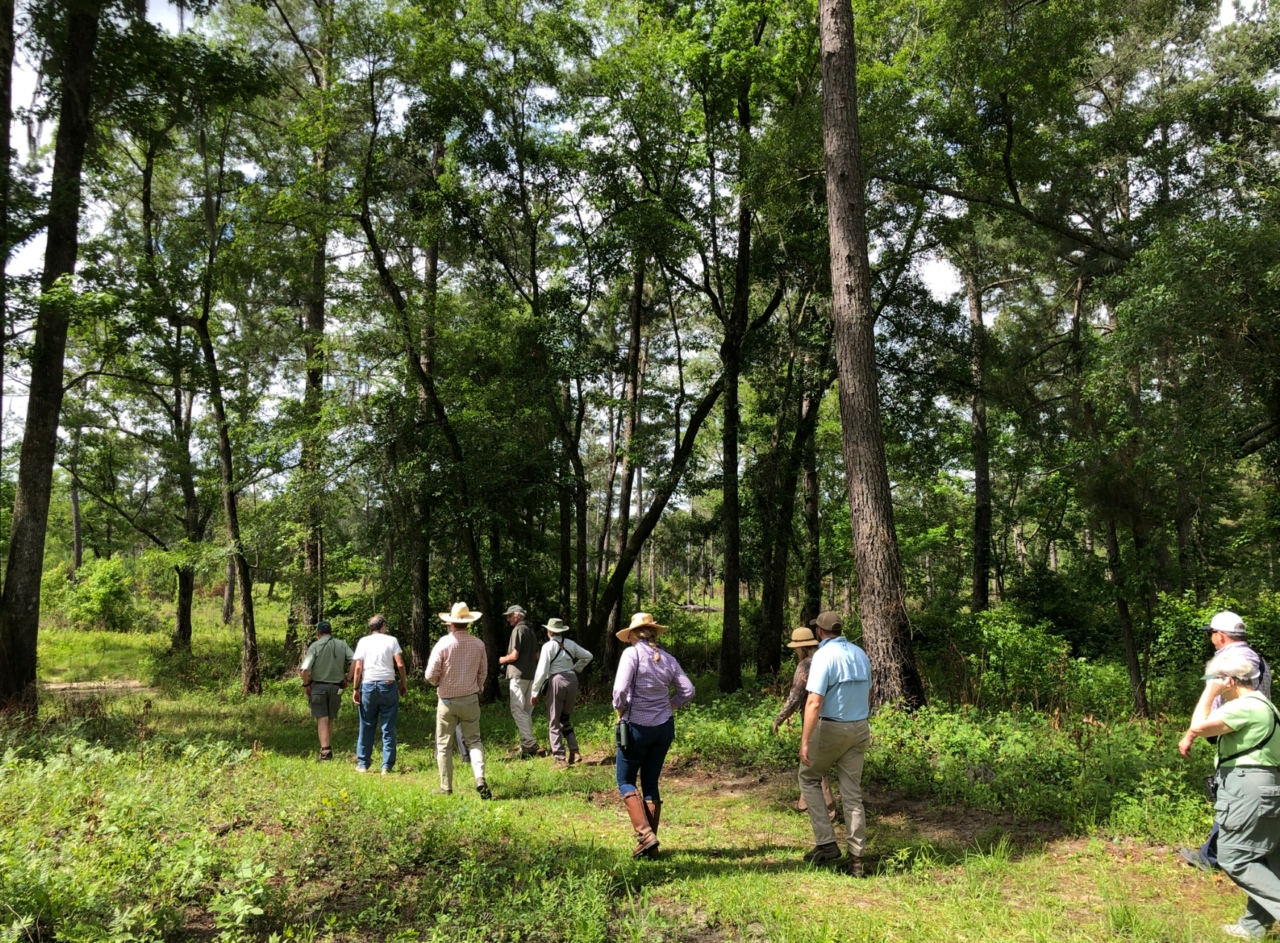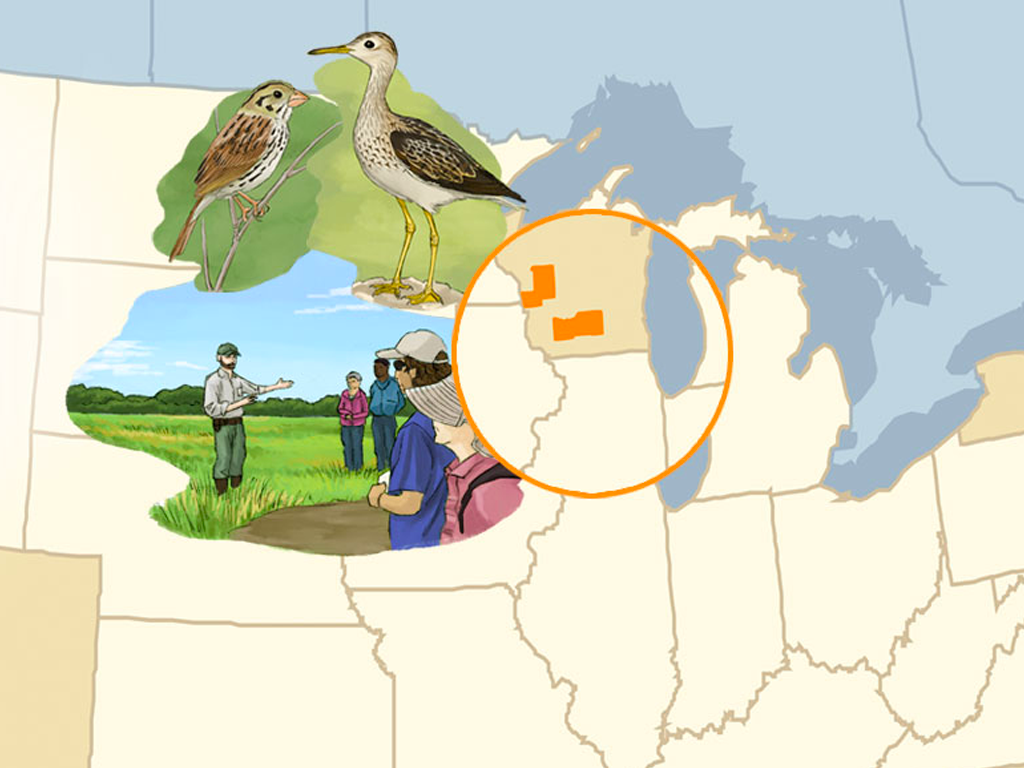What Land Trusts Can Do for Birds
Land trusts took the national stage in bird conservation when they were praised in the 2013 edition of the “State of the Birds” report, an annual assessment of the status of our nation’s bird populations submitted by 15 bird conservation organizations and government agencies to the U.S. Department of Interior. The 2013 report found that protection of private land was critical to sustaining US bird populations and that land trusts were vital partners because of their ability to work with landowners to secure, restore, and conserve habitat for American birds.
According to the report, more than 100 U.S. bird species have 50% or more of their populations on private lands, and many of those species are in decline and in desperate need of habitat conservation. As the report highlights, land trusts are particularly important players in working with landowners to conserve private lands for bird habitat. The large number of acres protected by land trusts is most notable in certain bird habitat types: eastern forest, grasslands, and western forest regions. But other habitats stand out for the high importance of their private protected lands and habitat or their interest as some of America’s best-known birding sites.
To learn more about the role private lands play in your region and to find examples of land trusts, you can read the report and also access bird distribution maps and stats that may be helpful for grant writing or talking with landowners about the importance of their lands to birds.
Also, check out success stories of land trusts who are making a difference for birds, and benefiting their organizations as well.
Learn More:
Sign up to receive our eNews and stay connected
The Land Trust Bird Conservation Initiative will send you updates about funding opportunities and ways to work with partners to protect birds and further your land conservation goals. We’ll highlight resources to assist with bird conservation on private lands, showcase tools and data visualizations to assist with planning and stewardship, and share success stories from the field.





